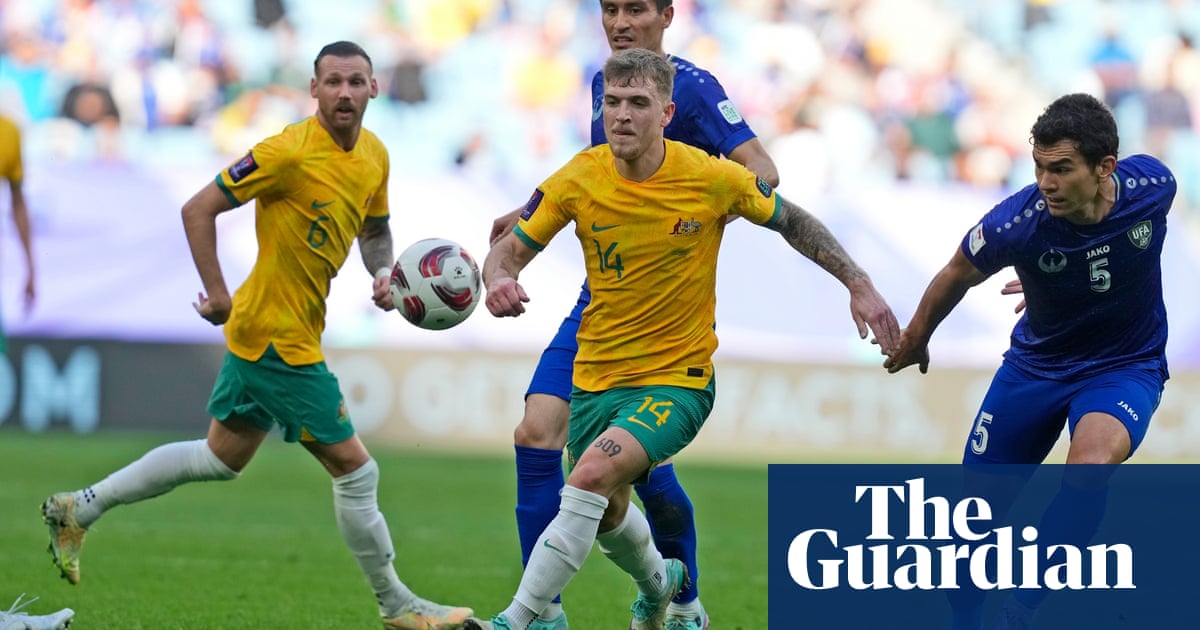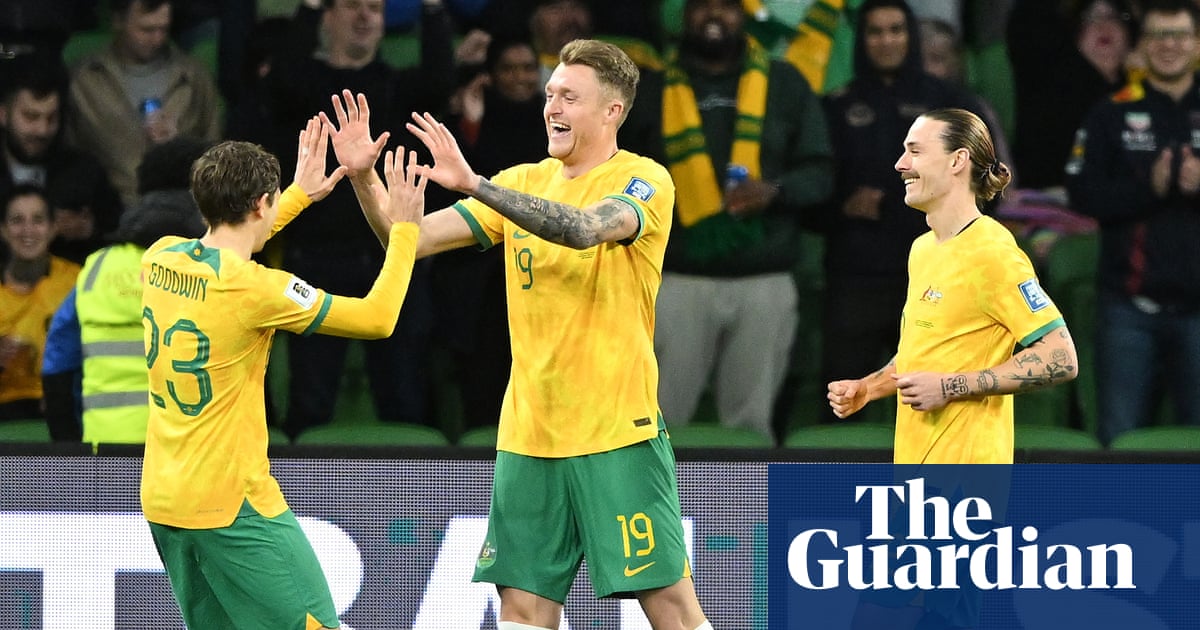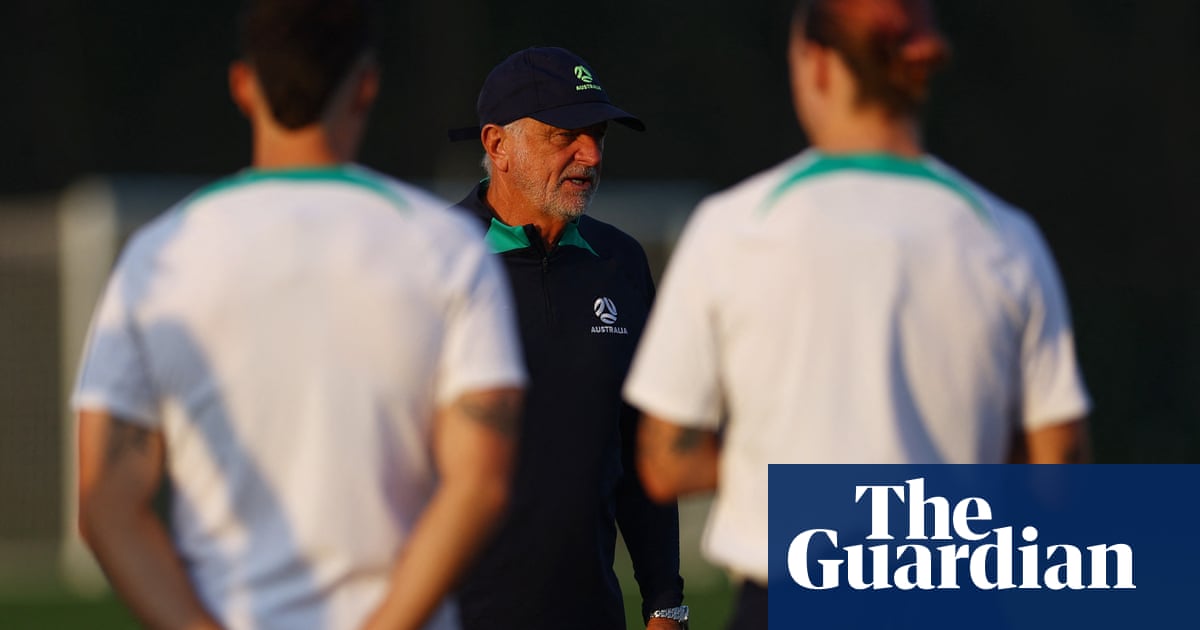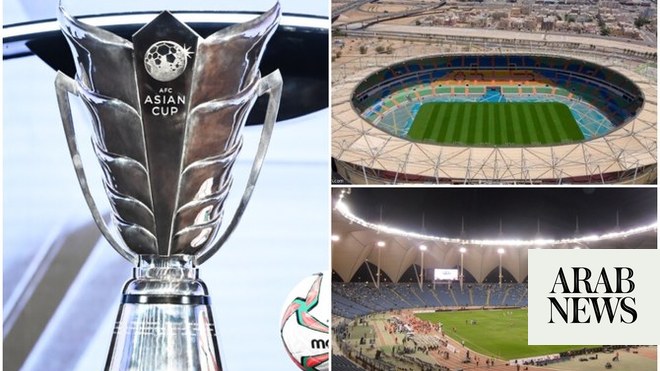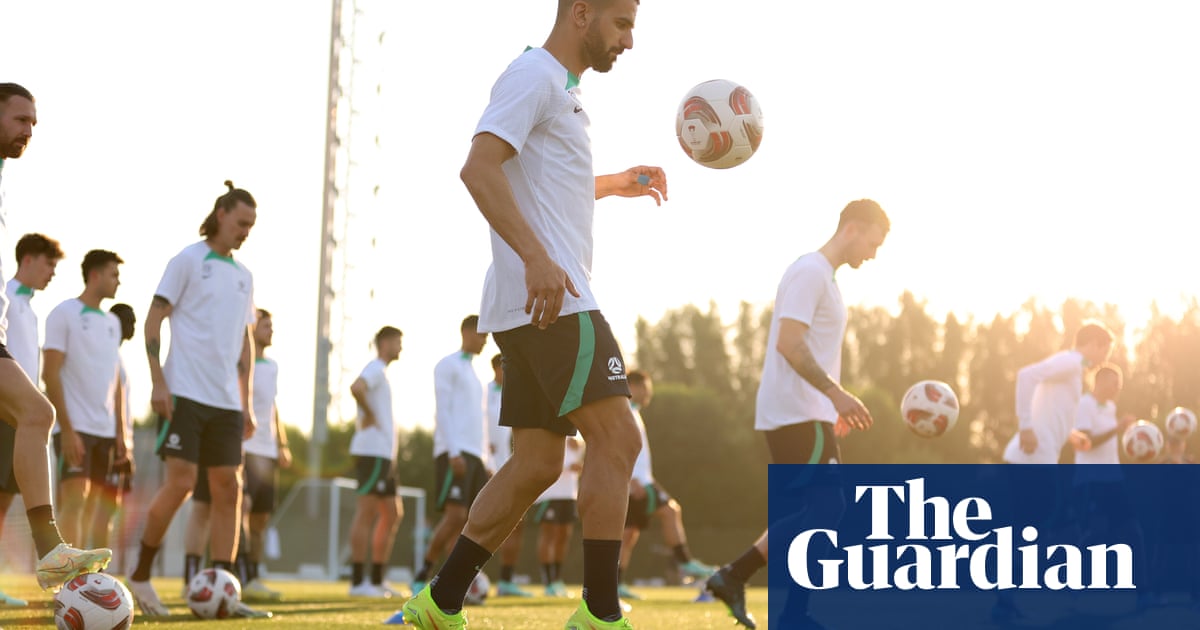
As Australia prepares to compete in its fifth Asian Cup, starting against India on Saturday evening, so too arrive the inevitable questions that come with these tournaments. Just how far can they go once the action begins in Qatar? And at what point will they have met a reasonable level of expectations?
The goal of all 24 competing nations is to win. But even with the progress they have made, narratives associated with the likes of Petar Šegrt’s Tajikis or Kim Pan-gon’s Malaysians not standing triumphant at the Lusail Stadium come 10 February will sharply contrast with those that will be spun if Jürgen Klinsmann’s South Korea or Hajime Moriyasu’s Japan aren’t doing so.
And the Socceroos? The 2015 Asian Cup winners who were bundled out in the quarter-finals in 2019? In truth, it’s difficult to slap a projection on them; they can’t be said to exist at the same level of expectation as Japan or South Korea but they’re still capable of winning the tournament if everything breaks in the right manner for them. They are able to delight or disappoint in the same game, let alone across a tournament.
Not helped by the Asian Cup’s postponement from June, after China’s withdrawal as host, the Socceroos coach, Graham Arnold, is in a somewhat awkward position. The delay has disrupted his plans to begin a period of squad rejuvenation for the 2026 World Cup cycle, leading to a situation where he has talked of heading to Doha as a Triclops: “One eye on the Asian Cup, but I’ve got two eyes on the World Cup.”
Add to this injury problems (Mat Leckie, Denis Genreau), retirements (Aaron Mooy, Tom Rogić, Massimo Luongo), club wilderness (Ajdin Hrustić, Fran Karačić), and the complications of this tournament taking place during European club seasons (Alex Robertson, Alessandro Circati), and picking a 26-player squad has proven complicated.
Nonetheless, there is significant talent on hand. Harry Souttar, Jordan Bos, Connor Metcalfe and Riley McGree are players who likely to be foundational contributors for the 2026 cycle. They’re being supplemented by a veteran core of figures including Jackson Irvine, Craig Goodwin and Mat Ryan who Arnold trusts to help him progress beyond the quarter-final stage of this tournament.
And if we’re making historical callbacks, there exists a level of serendipity to this Asian Cup shifting to Qatar, given that it was Australia’s accomplishments in Doha just over 12 months ago that served to reset many narratives around the team and forced a re-examination of just what they could – and should – accomplish.
Nobody anticipated Australia achieving much of note at the 2022 World Cup, especially after cracks previously papered over emerged at the worst possible time in qualifying. But then they damned the discourse and doubters by staging a historic run to a round of 16 clash in which they almost forced eventual champions, Argentina, into extra time. A string of encouraging results against the likes of England, Mexico and Argentina again have since followed in friendlies.
It’s enough to give you whiplash. The same team, by and large, whose systemic and tactical on-field foundations under Arnold’s tutelage remained mostly constant. Yet the outcomes were vastly different. Was it a natural upwards progression, representing a new baseline for the Asian Cup? Or was it a blend of circumstances, opposition and other factors creating an output that must at some point revert to the mean? Until the games begin, we can’t be certain.
Of course, outcome-based as the analysis is, it’s not an unfair supposition that a team reaching the knockouts of a World Cup should then be capable of surpassing that feat in the subsequent continental equivalent. Such forecasts aren’t falling back into historical habits of disrespecting Asian opposition as much as it is recognising and respecting the Socceroos, as well as their significant accomplishment in reaching the World Cup round of 16.
But games against Palestine and Bahrain, while both ending in wins, also gave indications that difficulties in breaking down embedded defences remain a point of concern. In Asia teams are going to sit back, give the Socceroos the ball and try to hit them on the counter. That’s not the role Arnold’s side has enjoyed.
Additionally, Saudi Arabia and Japan potentially await in a quarter-final and semi-final – opponents who handled the Socceroos with ease at the tail-end of their sputtering 2022 World Cup qualification campaign. In a way, these games serve as a control – a common pre- and post-World Cup opponent gauging the Socceroos’ progression.
Ultimately, it’s maybe a milquetoast conclusion, from the “sometimes maybe good, sometimes maybe shit” school of analysis, but it feels accurate. Heading into the Asian Cup, the Socceroos’ ceiling is as high but their floor is also lower, than the other heavyweights.
Follow updates with our live blog as Australia start their Asian Cup campaign against India on 13 January, kick-off is 10.30pm AEDT




